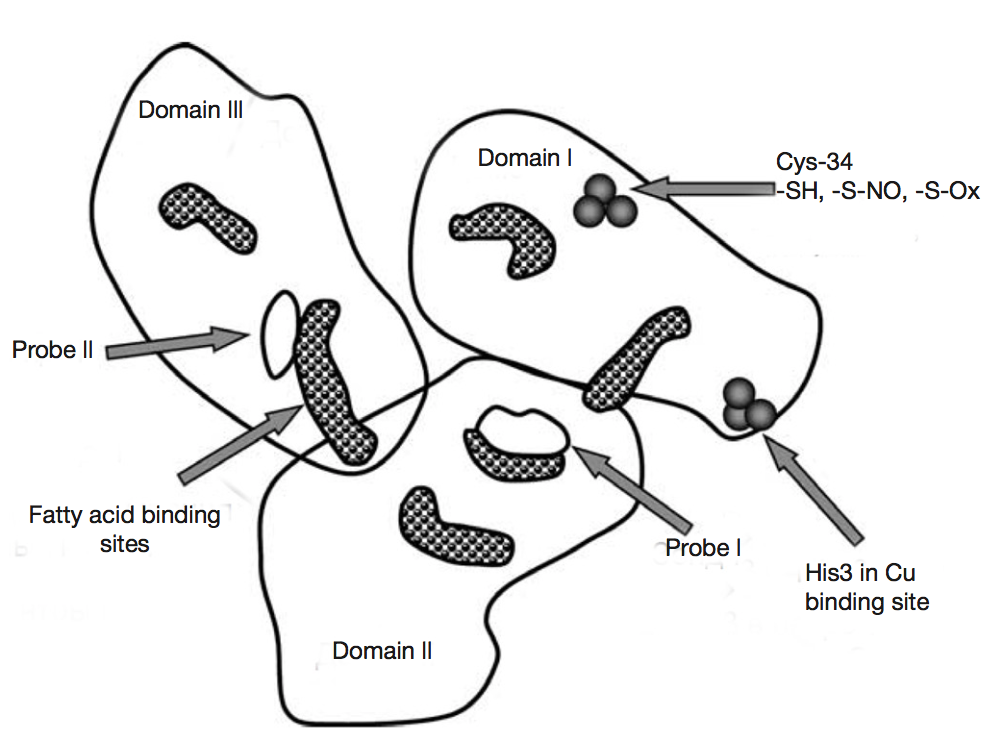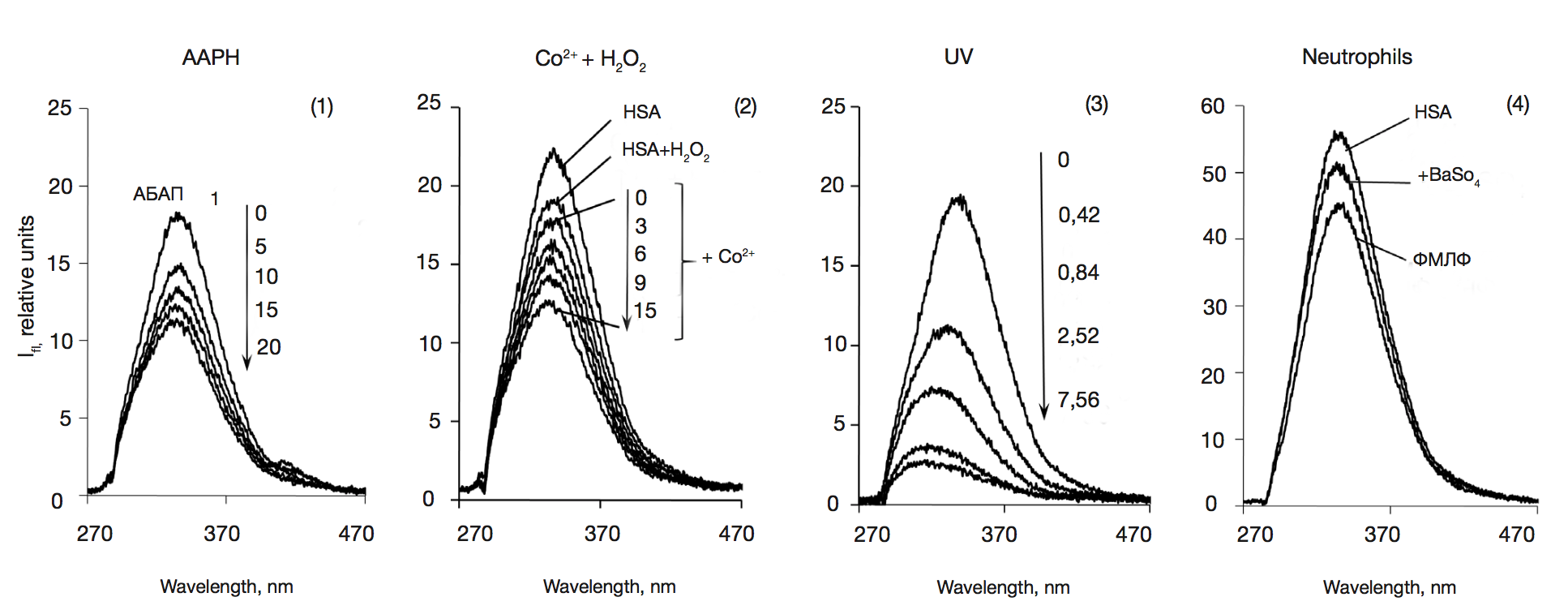
ISSN Print 2500–1094
ISSN Online 2542–1204
Bulletin of RSMU
BIOMEDICAL JOURNAL OF PIROGOV UNIVERSITY (MOSCOW, RUSSIA)

Department of Medical Biophysics, Faculty of Fundamental Medicine,Lomonosov Moscow State University, Moscow, Russia
Correspondence should be addressed: Madina Sozarukova
Lomonosovsky prospekt, d. 31, corp. 5, Moscow, Russia, 117192; moc.liamg@usmavokurazos
Funding: this study was supported by the Russian Science Foundation (project no. 14-15-00375).


